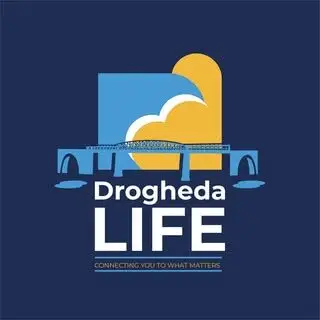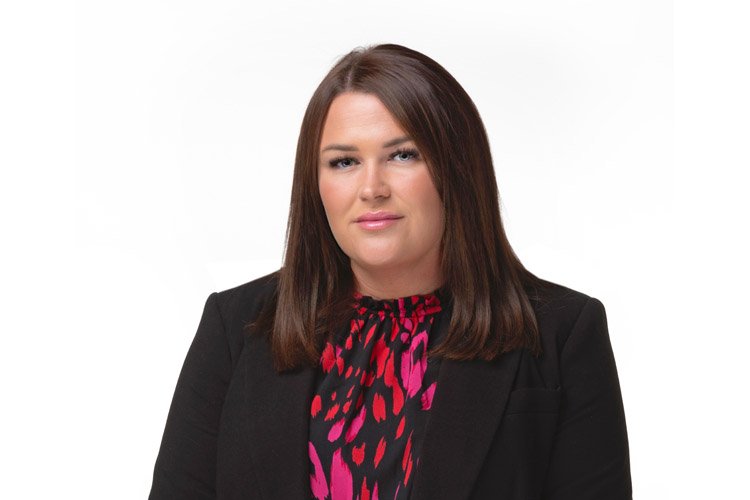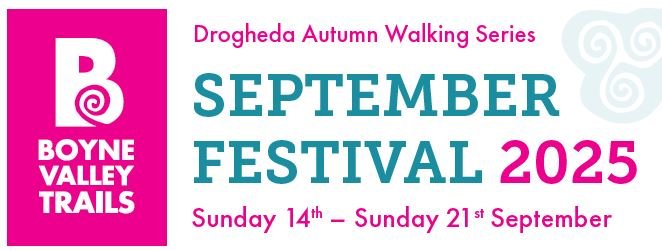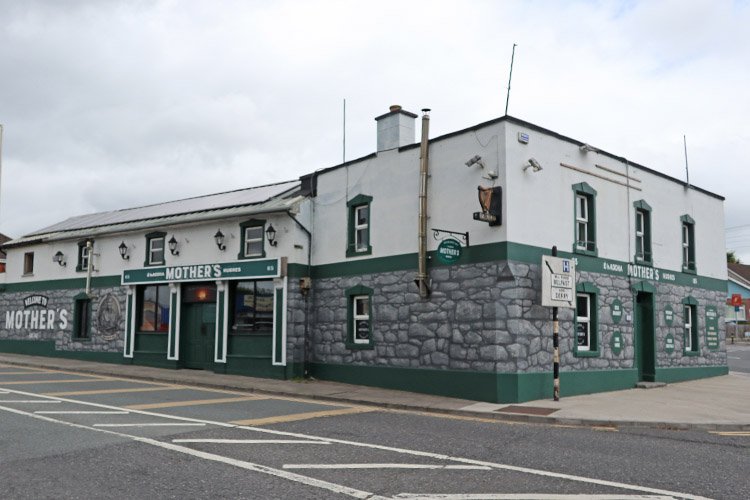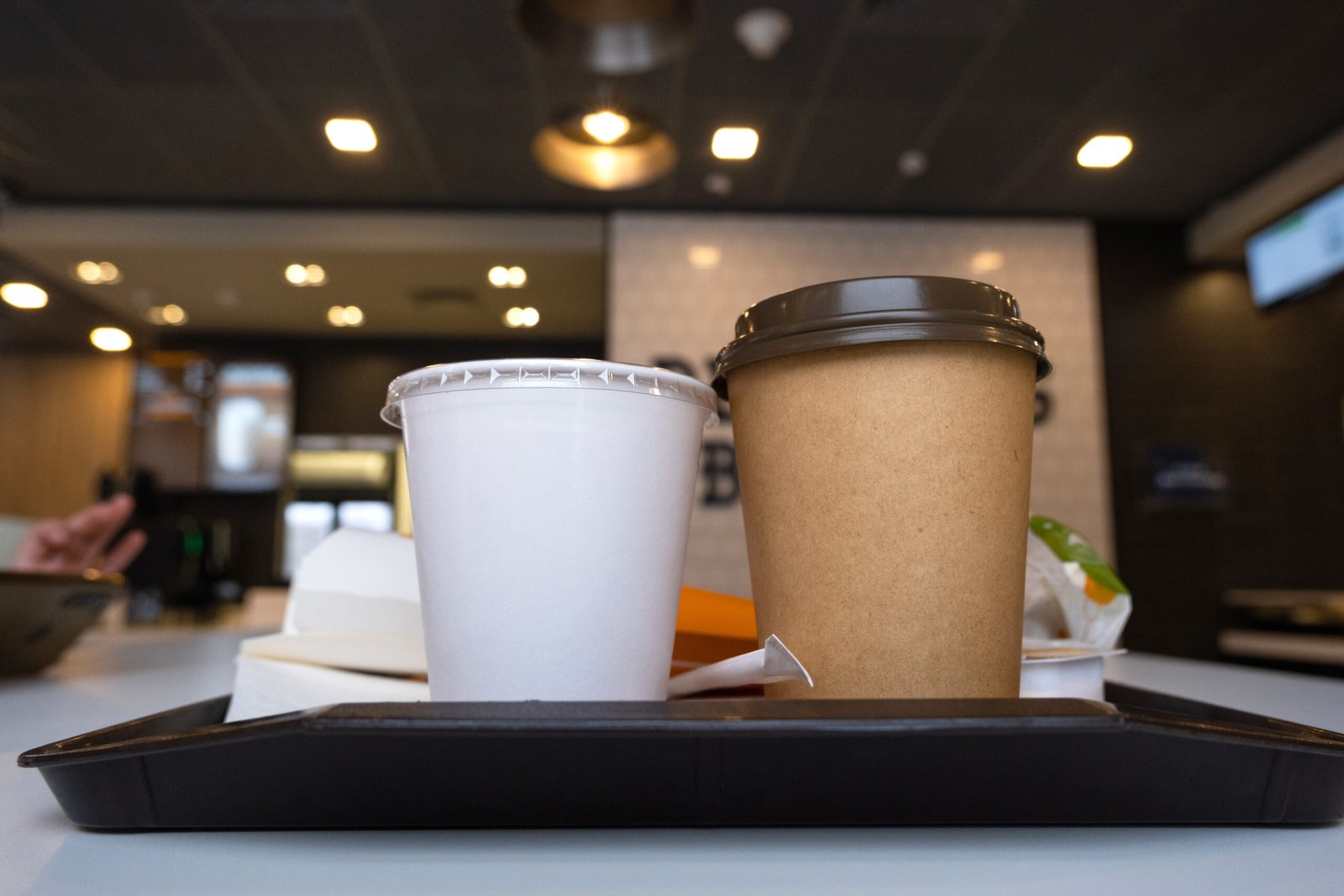By Sean Collins
If you saw a headline like this today, you might think of the drinks young people imbibe on a Saturday night outing. However, in this case it was something much more sinister with the shots in question being fired at a policeman in 1922.
By May of that year, the British Army had left Drogheda, the Royal Irish Constabulary had been disbanded and there were many Black and Tans still in Gormanston awaiting transfer back to Britain. The Garda Siochana had not come into existence.
Millmount Barracks in Drogheda was occupied by the I.R.A., who also controlled the Railway Station. The Mayor, Philip Monaghan, established a local police force at Westgate Barracks, who were supported by the newly arrived Free State Army, who established their headquarters at the White Horse Hotel (now called the Westcourt). There were armed men and women of all descriptions in and around Drogheda, therefore “Shots on Saturday Night” weren’t exactly a surprise.
Peter Paul Callan was born in 1900 in Dunleer and, although a carpenter by trade, he joined the local police when he was 21 and from then on was referred to as” P.O. Callan”.
Callan took lodgings at the premises of Thomas Hughes on the North Road to where, on Saturday night 20th May 2022, he returned to change his clothes. While sitting in the kitchen he heard a heavy knock on the front door. When Mrs. Hughes answered the door three men asked to be let in to the licensed premises but, mindful of the late hour, she refused upon which one of the men jammed his foot in the door so she could not close it.
When P.O. Callan went to her assistance another man pulled a gun and fired a shot at him. Callan tackled the man with the gun and in the ensuing scuffle, another grabbed the gun and let off a second shot at him. The young policeman managed to close the door and went out the back-gate of Hughes onto the Windmill Lane and proceeded to Westgate barracks seeking help.
The Sergeant in charge called out the military guard and, with Callan leading the way, they headed up George’s Street. At the junction of Fair Street they spotted three men and called on them to halt. One of the men turned and fired a shot at the soldiers who were then ordered to fire over their heads upon which the three men surrendered.
A Webley revolver was found beside one of the men with three bullets still in the barrel. The men were brought to Westgate Barracks where they were identified as John Halpin, James Connor, and John O’Brien, all of whom were members of the IRA group from Millmount.
On Tuesday evening they were brought under military escort to the courthouse in Fair Street for a sitting of the local court, convened by the Mayor and chaired by Sinn Fein justice Thomas Gargan. When evidence was given that the Webley contained “Dum-Dum” bullets which have a flattened head designed to cause the most horrific wounds, Gargan denied bail and ruled they should be held in custody.
Halpin complained that Westgate barracks was like a pigsty that hadn’t been cleaned since the Black and Tans left, but Gargan told him that this was not a problem because he was sending the prisoners to Dundalk Gaol. Halpin promptly started a hunger strike and his two co-defendants joined him. All three were then taken to Dundalk while P.O. Callan was commended for his courage in tackling an armed man, or could it be said he was foolish? Thomas Hughes and his daughter Catherine also gave evidence.
Barely three weeks later, Callan and a friend from the police force were in Sheepgrange hunting rabbits. Callan fired a single shot from a double-barrelled shotgun grazing a rabbit. When he lunged forward to catch the stunned rabbit his shotgun discharged and the shot passed straight through his abdomen. He was brought directly to the Cottage Hospital where he died in the early hours.
Callan was buried in Dunleer with full honours and his cortege included representatives from the Police, IRA, Cumann na mBan, and the Free State Army marching together in the days leading up to the outbreak of Civil War which would bitterly divide them. Division that the young brave Peter Paul Callan would never know. He managed to avoid a gunman’s bullets but a sporting accident had taken his life.
As a sequel to this event, barely a week after Callan’s funeral a group of heavily armed IRA men at Drogheda Station commandeered a train to Dundalk. They held the driver under guard and went to Dundalk Gaol where they captured a sentry and gained entry to the goal.
They released Halpin, O’Brien and Connor taking them back to Drogheda on the train, and returned them to their colleagues at Millmount. On the 4th of July, Millmount Barracks was shelled by Free State Artillery supplied by the British. The IRA garrison was routed, and in the round ups that followed many IRA volunteers, now styled “Irregulars’, were captured.
In early August at Ballymakenny a group consisting of John Halpin, John O’Brien and James Connor along with Frank McGovern and Walter Coombes were captured and interned at the Curragh Camp.
So, be careful in future when you ask Bubba for “Shots” on a Saturday night, you never know what might happen!
